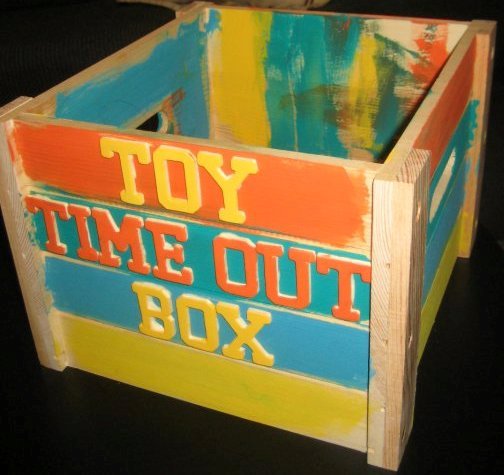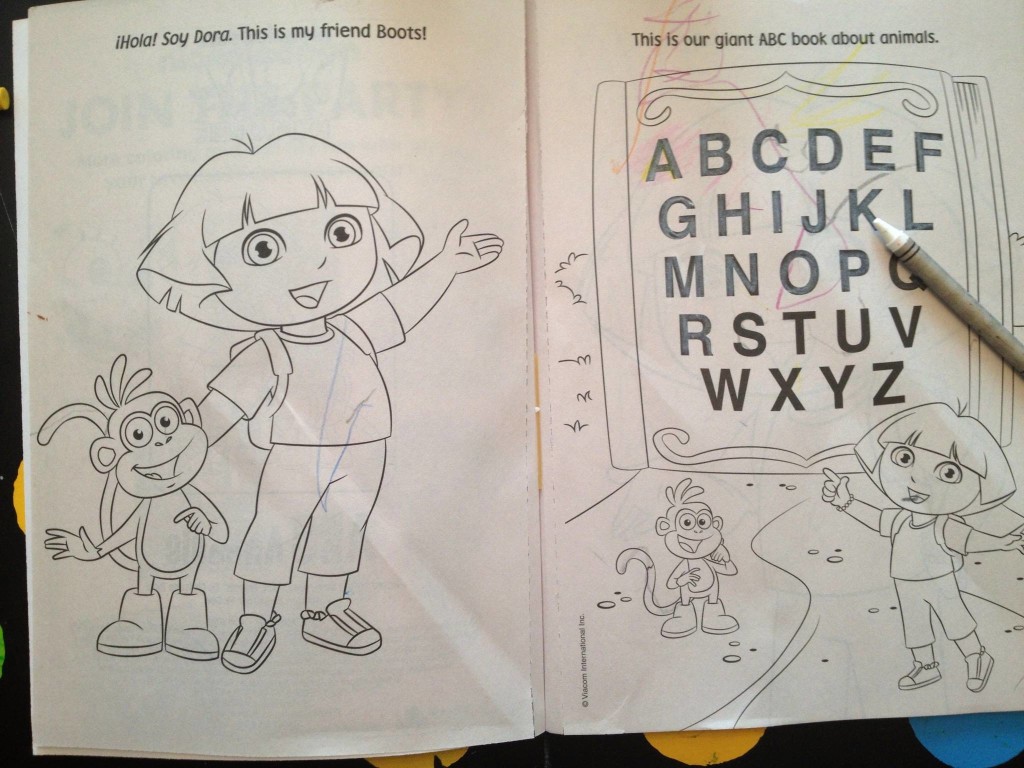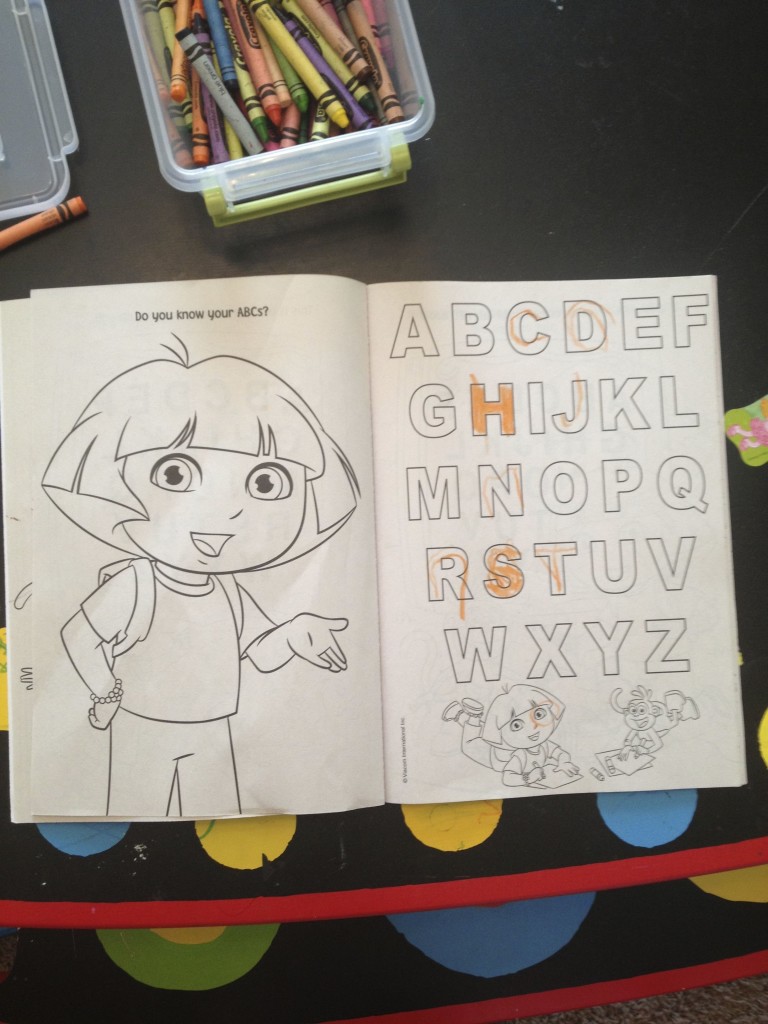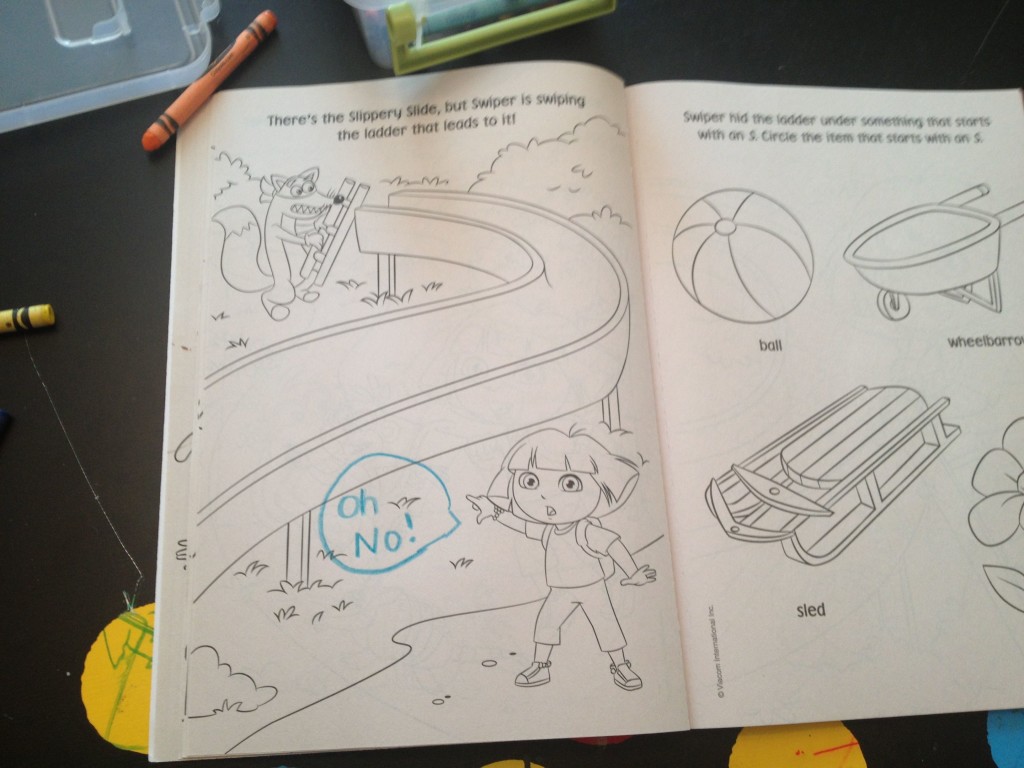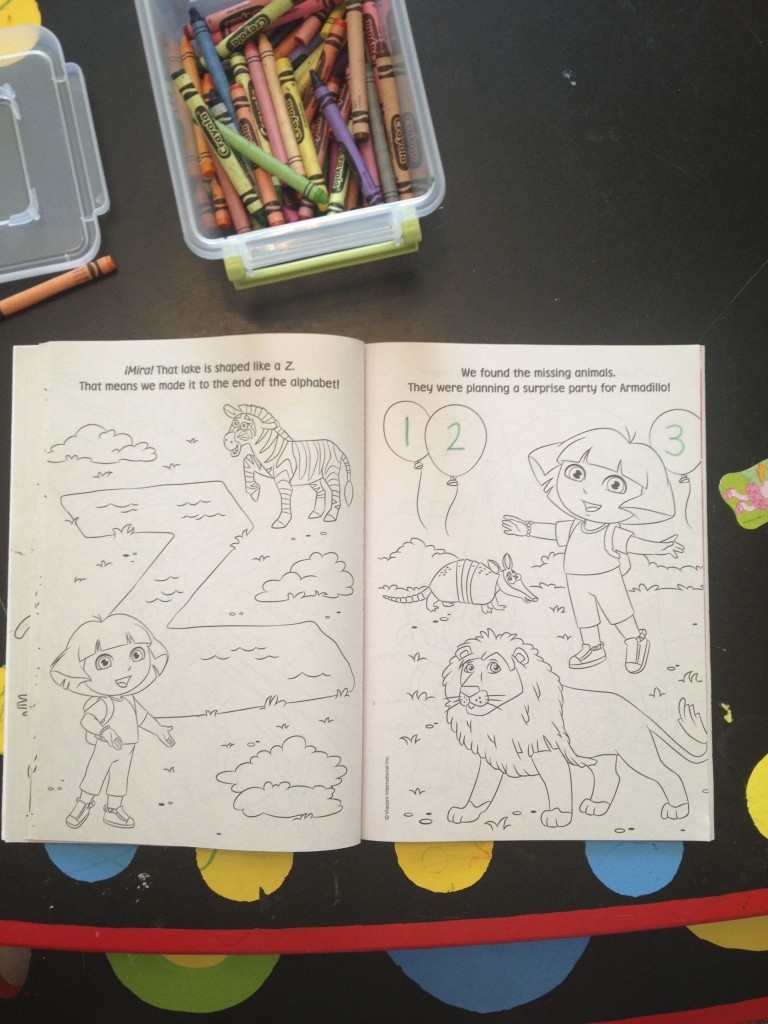LSU’s Mike the Tiger came to my son’s school the other day for a surprise birthday visit!
It was such a memorable experience for ALL of the children.
But, it actually could have been CRAZY and chaotic if I didn’t “think fast” and come prepared with a few ideas to keep the kids somewhat calm.
It could’ve turned into a bunch of injured kids or an injured Mike, but I always keep a few tricks up my sleeve.
Any time I am in front of a big group of kids, I always try to get them to do something along WITH me. So, here are my 5 top picks to fill wait -time or keep crowd control when you have a group of kids to organize.
1) “Silly Says” – Today we played “Mike Says” and everything he did, we had to do. I play this with kids a lot and I just play “Silly Says” – whatever silly thing I do, you do.
2) “Going on a Bear Hunt” – I was at the park once trying to keep the kids away from the sandbox and this chant did the trick!
3) “I Spy” – The classic game – I usually play it in a variety of ways. “I spy something shaped like…. I spy something that starts with…. I spy something the color…. I spy something that sounds like…. I spy something that rhymes with…” You get the picture.
4) “Mirror Fingers” – hold up the same number of fingers that I hold up in a different way.
5) “Imitate my Clap” – this is an old teacher-tactic where the kids simply have to listen and follow the beat that the leader makes.
A couple other easy ones:
1) Coordinate “Little Sally Walker” – you may have to YouTube it if you aren’t sure what that is.
2) Play “Man in the middle.” One person stands in the middle of a circle and throws the ball to someone on the outside (who can’t move their feet). Whoever catches it and follows the rules becomes the man in the middle.
3) Play “Duck, Duck, Goose!”
4) Sing “If you are Happy and You know it” – I always come up with lots of things to add to the song like “wag your tail, hop like a frog, roar like a lion, etc” STRETCH IT OUT! 🙂

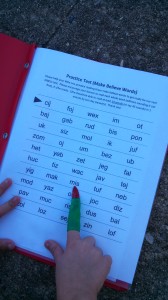
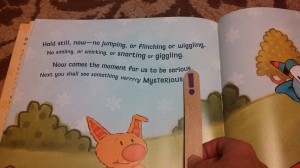
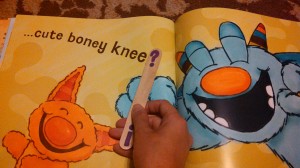
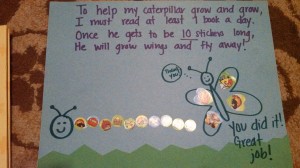
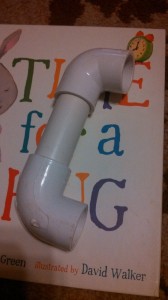
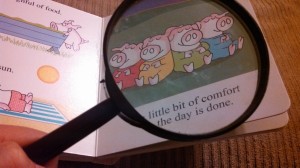
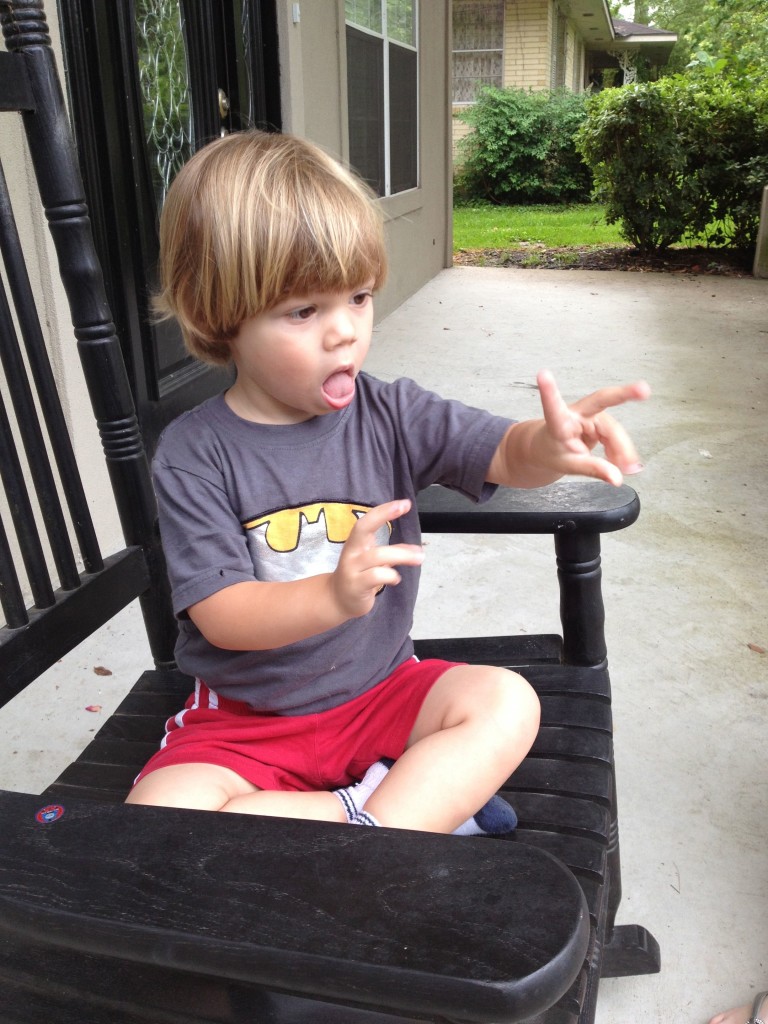
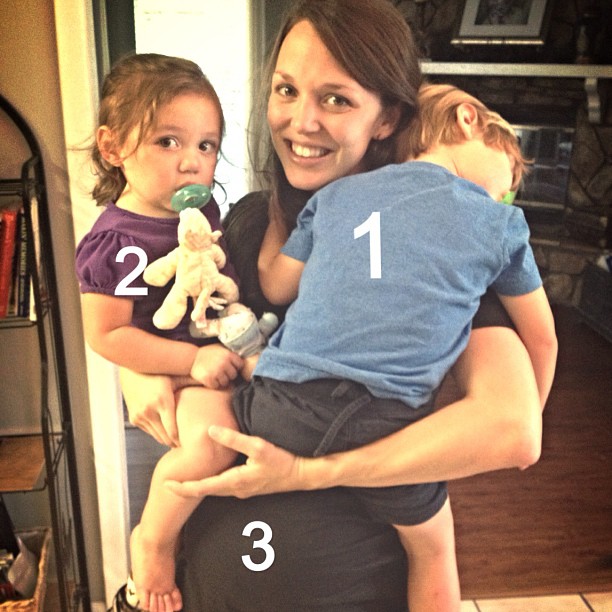
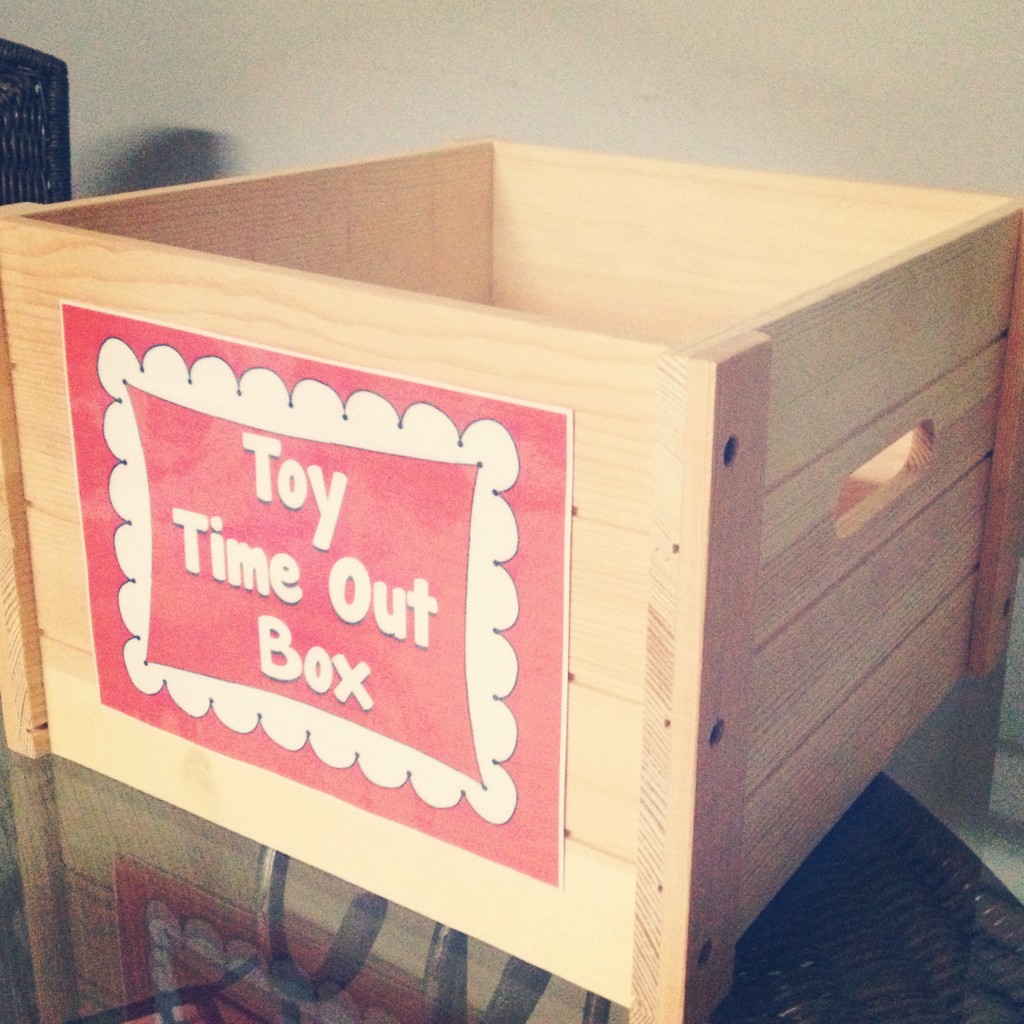
 that I love and use for everything!
that I love and use for everything!
